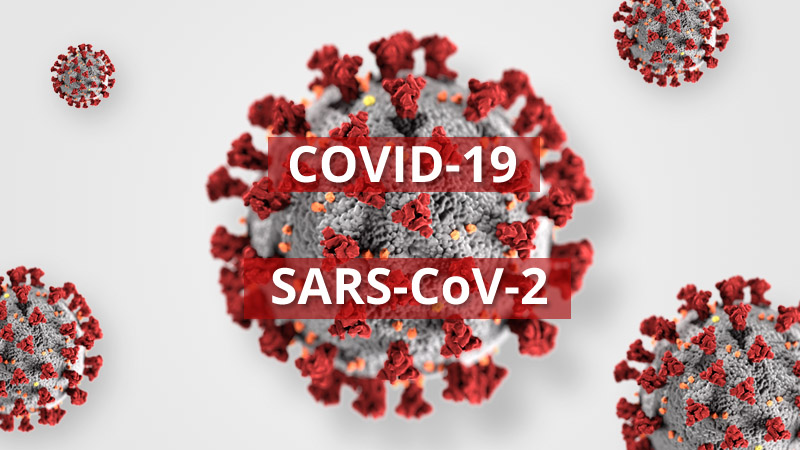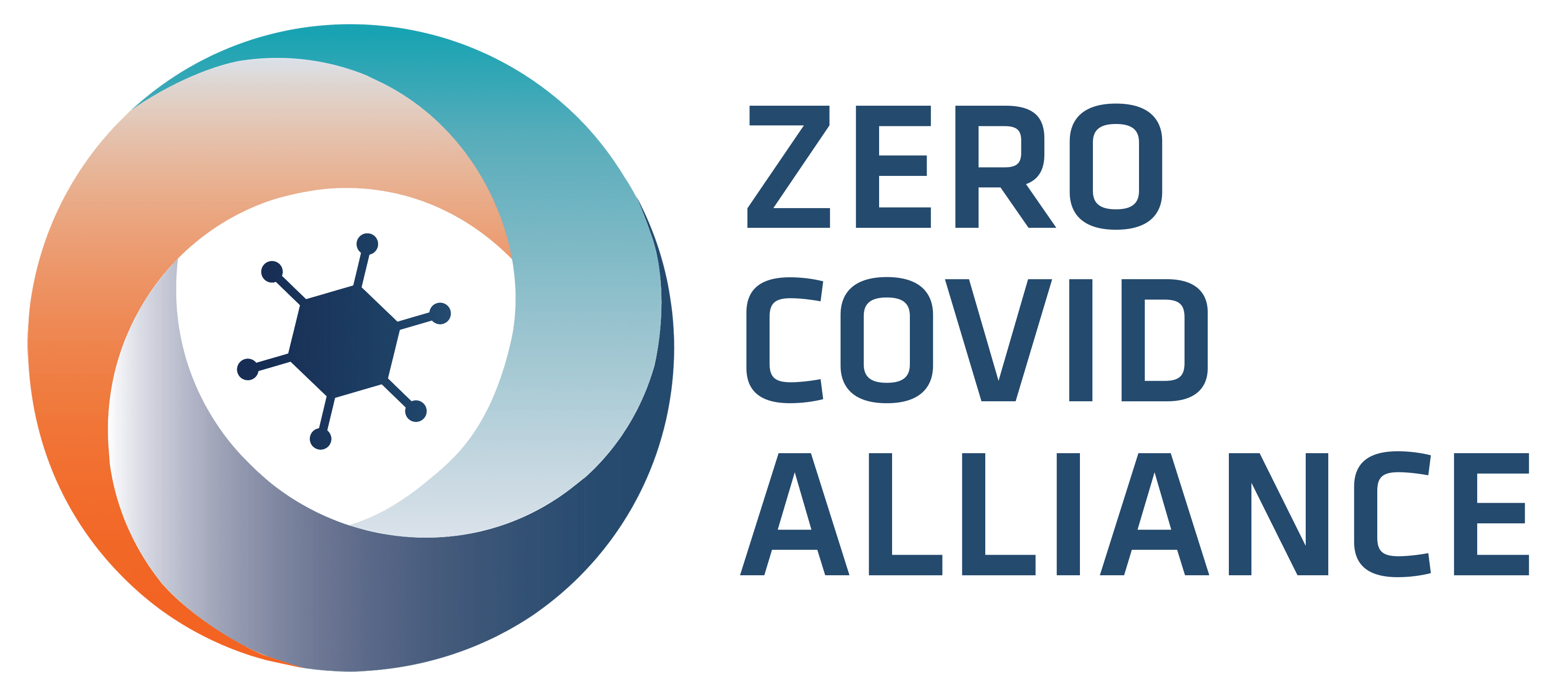
The months-long SARS-CoV-2 coronavirus pandemic has become our daily reality. More and more people around are getting sick or have gotten sick from COVID-19, and there is a growing body of knowledge among doctors related to the complications that can arise in recovering patients who already have the disease. Research into the complications caused by the coronavirus is ongoing, and the findings make it worth watching one’s health with special care.
Complications after COVID-19 disease appear not only in adults, but also in children, who until now seemed to be the group that passed the disease most smoothly. What might be the most common and somewhat rarer complications after coronavirus in adults and children, are they dangerous to our health, and what types of tests are worth performing if we suspect them in ourselves or loved ones?
The most common complications after coronavirus in adults
Among the most common complications after passing COVID-19, and observed by doctors, is prolonged fatigue comparable to CFS – chronic fatigue syndrome. It can affect people who are severely affected by coronavirus infection, as well as patients who are almost asymptomatic. According to a study published by researchers at Ireland’s Trinity College, the fatigue is caused by probable disruption of the immune system after coronavirus infection and mild inflammation still going on in the body.
Another common side effect of COVID-19 passage is cardiovascular problems. Patients often complain of a faster, uneven heartbeat and chest pains. Those recovering from COVID-19 may have exertional dyspnea that occurs during exercise or other types of movement. Even in mildly recovering patients, such side effects have appeared up to 60 days after infection.
„Brain fog” is a non-medical term used to describe other side effects of COVID-19, noticeable especially in patients who have been severely affected by the disease. They have problems with orientation and communication, a tendency to forget and an inability to focus for long periods of time.
Neurological complications, such as delirium, confusion or paresthesias – abnormal skin sensations in the form of tingling, stinging, burning, numbness and a feeling of coldness that are not caused by external conditions – are also increasingly common.
Rarer complications after COVID-19 in adults
An uncommon and less frequently reported complication after COVID-19 in patients who have lost their taste and smell during the course of the disease is that they experience strange smells or have olfactory delusions. They often smell cigarette smoke, despite the absence of smokers nearby, musty odors, chemicals or burning. Many even develop parosmia, a change from previously pleasant odor stimuli to repulsive ones.
Other, rarer complications observed in adults after COVID-19 include the formation of blood clots in blood vessels, which can increase the risk of stroke, heart attacks and kidney and lung problems.
Guillain-Barre syndrome is also considered a rare complication resulting from coronavirus infection. This is a neurological complication that causes progressive muscle weakness and is caused by damage to peripheral nerves. Doctors are careful not to underestimate its symptoms, as weakness of the muscles responsible for breathing can be a major problem, especially in patients suffering from pronounced respiratory problems during COVID-19.
Read: Atypical symptoms of COVID-19 – what to look out for? Latest observations
PIMS-TS – complications after coronavirus in children – are they dangerous?
Until recently, it seemed that most children passed coronavirus infection mildly and asymptomatically. Rather, it was they themselves who posed a threat to adults, unknowingly transmitting the virus into their bodies.
However, it is becoming increasingly common to see a complication of coronavirus in young children as well. This is Paedriatric Inflammatory Multisystem Syndrome Temporally Associated with SARS-CoV-2 (PIMS-TS) for short. Symptoms of PIMS-TS can be as follows:
- high fever, over 38.5 degrees, lasting at least 3 days,
- diarrhea, vomiting or abdominal pain,
- a rash that most severely involves the hands and feet,
- conjunctivitis,
- swelling of the hands and feet,
- redness of the tongue and lips,
- neurological symptoms, such as apathy, irritability, severe headaches, peripheral nerve paresis, seizures and even coma,
- myocarditis causing general weakness of the body,
Since October 2020, there has been an increase in the incidence of the disease, associated with the higher number of adults with COVID-19 in our country. Dysregulation of the immune system resulting in PIMS-TS usually occurs 2-4 weeks after SARS-CoV-2 infection. Parents of many children who then end up in the hospital only then find out that they have been infected with coronavirus.
What tests should be performed in children with a complication of PIMS-TS?
Among the diagnostic and laboratory tests recommended by doctors in a document related to this complication published in Pediatric Review are:
- a smear for SARS-CoV-2 (RT-PCR or antigen test),
- performing a blood test and a urinalysis,
- urine and stool cultures, a throat swab, virological tests, depending on the clinical picture and diagnostic capabilities at each center,
- electrocardiogram (ECG) and echocardiography of the heart (ECHO) as soon as possible; repeat ECHO examinations should be performed depending on the cardiologist’s indications and the child’s clinical condition 7-14 days, 6 weeks and 6-12 months after the illness.
In most cases, timely hospitalization, protection of vital functions and immunomodulatory treatment result in rapid recovery of the child.
What tests are worth performing if complications from COVID-19 coronavirus are suspected?
Imaging examinations, namely chest CT scan and chest X-ray, help doctors make a correct diagnosis of the occurrence of COVID-19. Specialists recommend performing such examinations already after the disease has passed, in order to control the health of our body, especially the lungs exposed to acute interstitial inflammation during the infection.
Those recovering from the nervous system problems mentioned above as side effects of COVID-19 should have a consultation with a neurologist. He or she will refer them for further diagnostics, which will help investigate whether the patient has developed obvious structural changes in brain tissues after undergoing COVID-19.
